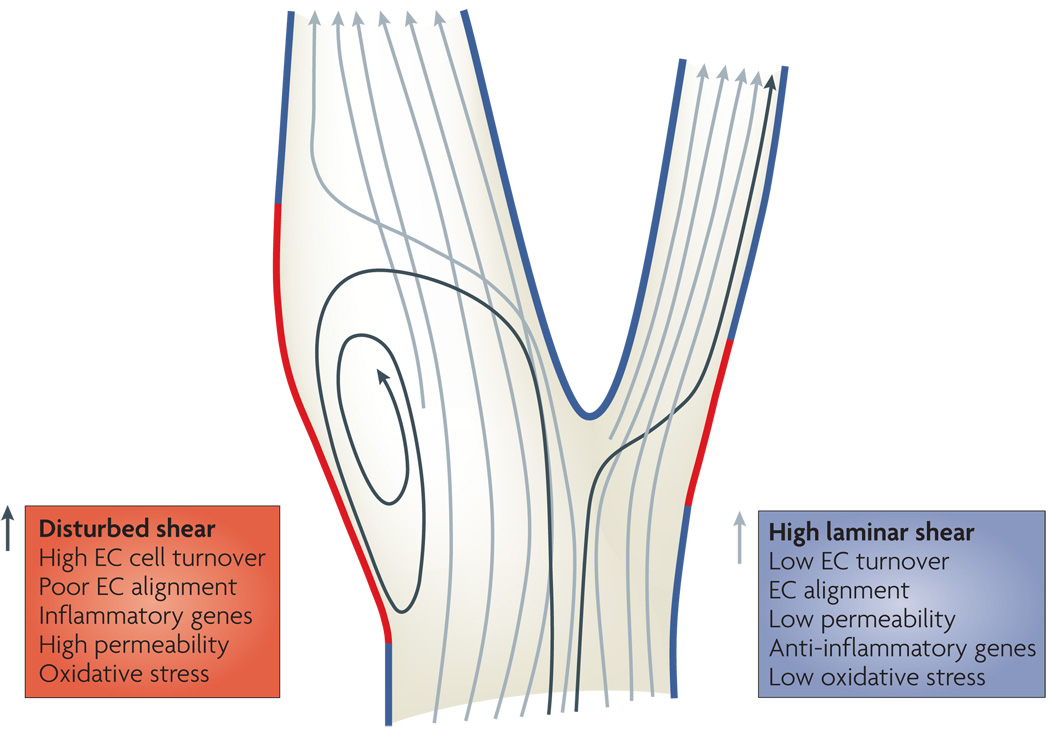Figure 2. Vascular bifurcation and flow patterns.
In straight regions of arteries, the rate of blood flow changes during the cardiac cycle but flow is always in the same direction and patterns are laminar (blue segments). In regions where arteries divide or curve sharply, there are regions where complex flow patterns develop (red segments). Flow in these regions is lower and can reverse direction during the cardiac cycle, so-called oscillatory flow. Endothelial cells (ECs) in regions of high, laminar shear have a quiescent, anti-inflammatory phenotype characterized by alignment in the direction of flow, expression of anti-inflammatory genes, and low levels of oxidative stress, cell turnover and permeability and are protected from atherosclerosis. By contrast, endothelial cells in regions of disturbed shear have an activated, pro-inflammatory phenotype characterized by poor alignment, high turnover, oxidative stress, expression of inflammatory genes and high turnover, associated with high susceptibility to atherosclerosis.

